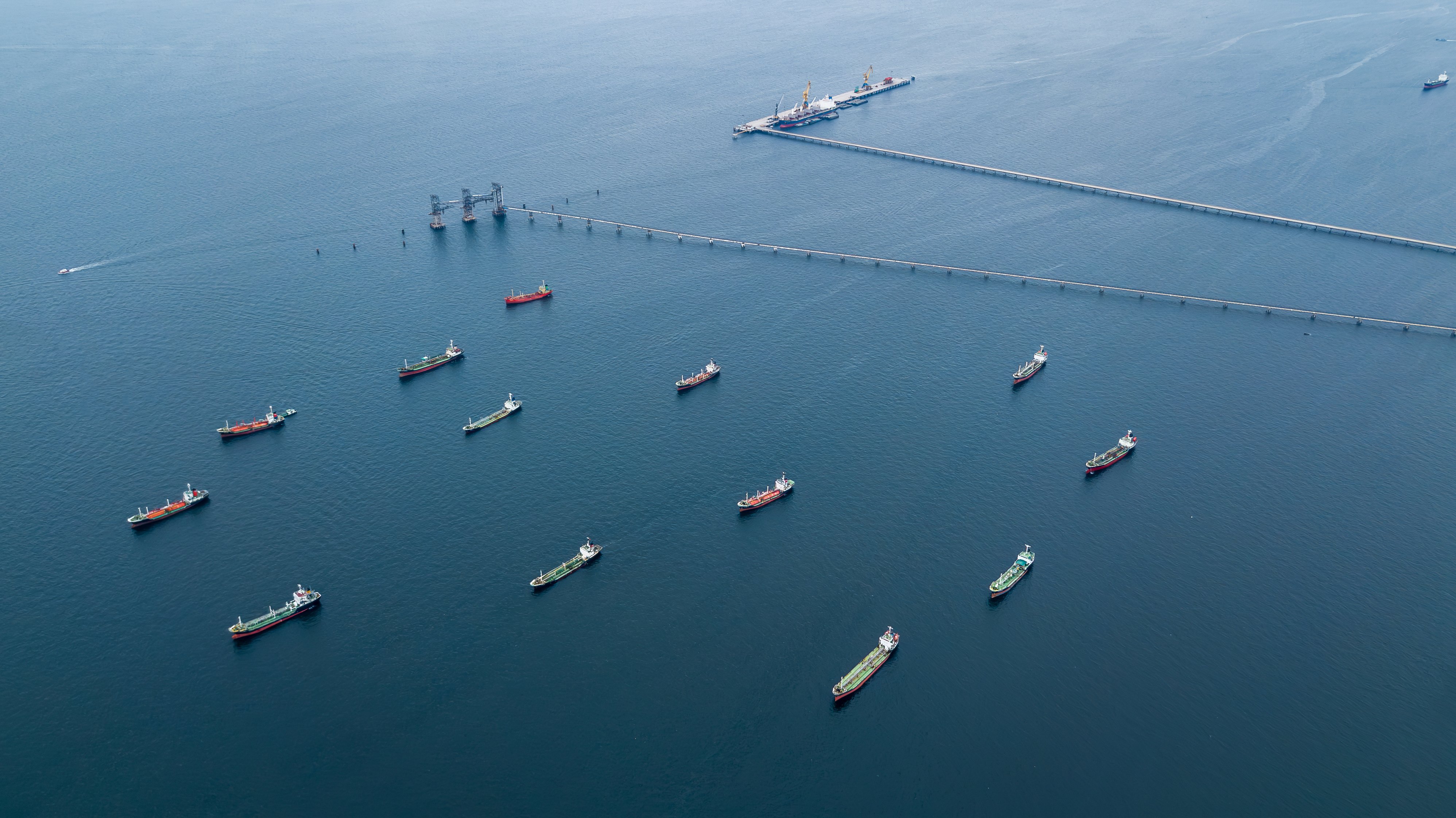
NEWS
Differences Between ISGOTT 6 and the Declaration of Inspection (DOI)
In the global maritime industry, ports and terminals across Europe, the USA, Australia, and Asia are increasingly adopting digital checklists to enhance ship-shore operations. While the ISGOTT guidelines are widely known in Europe, they are often referred to as the "Declaration of Inspection" in the USA. ISGOTT 6 and the Declaration of Inspection (DOI) are two common operations checklists that maritime operations workers are required to utilise to maintain high levels of maritime security, port facility security and safety management. This blog post delves into the similarities and differences between these two standards, shedding light on their unique features.
Comparing ISGOTT 6 with the Declaration of Inspection
ISGOTT 6 and the Declaration of Inspection are different in what they focus on. ISGOTT 6 looks at wider safety rules and best practices across a range of topical issues in the industry. In contrast, Declaration of Inspection checks are related to the moving of hazardous chemicals and materials. Both guidelines are important, but they serve different purposes and address separate safety concerns in the maritime industry.
What is ISGOTT 6?
ISGOTT 6 is the International Safety Guide for Oil Tankers and Terminals. ISGOTT 6, the sixth edition of ISGOTT, offers clear general rules and precautions to cargo inspectors and other professionals, informed by an understanding of the impact of human factors, to ensure that shipping practices are safe and efficient at the interface between oil tankers and terminals in the interest of the industry's maritime security. There are also specific questionnaires for certain situations such as gas detection for gas haulers. Its guidelines cover general issues like enclosed space entry, hot work, stray currents, and the generation of static electricity, among other things. Their effective use requires good communication between stakeholders.
ISGOTT 6 was updated in 2020 by the Oil Companies International Marine Forum (OCIMF) and the International Chamber of Shipping (ICS) together with the International Association of Ports and Harbors (IAPH). While there haven't been major changes, the most notable changes include a greater focus on human factors and human error. ISGOTT 6 also features guidance on fire safety rules, mooring and training for personnel in current best practice.
What is the SSSCL?
Effective use of the Ship Shore Safety Checklist (SSSCL) that is a part of ISGOTT 6 is the key to achieving good communication and a secure, safe operations environment when transferring between ship and the shore, also before the vessel's arrival. Using these checklists is about high levels of operational safety, while eliminating potential errors due to human factors.
The SSSCL checks for safety and risk management compliance across the following topics:
- Tanker checks pre-arrival
- Terminal checks pre-arrival
- Tanker checks after mooring
- Terminal checks after mooring
- Tanker and terminal pre-transfer conference
- Tanker and terminal: bulk liquid chemicals pre-transfer checks
- Tanker and terminal: liquefied gas (where relevant). Checks pre-transfer
- Tanker and terminal: agreements pre-transfer
What is the Declaration of Inspection Pre-transfer Checklist for Hazardous Materials?
The Declaration of Inspection (DOI) pre-transfer checklist is designed to reduce risks and promote safety when transferring hazardous materials and chemicals, before the relevant vessel's departure, which is key if one considers the potential explosive or toxic effects of petroleum products (like benzine or hydrogen sulphide), for example. It includes a form and a checklist that looks at the safety of the ship, environmental protections, and more. The main steps in the Declaration of Inspection process are checking the equipment condition, doing safety checks, creating a risk assessment, and having that approved before moving any hazardous materials. It also ensures effective exchange of information between stakeholders and ensures the joint responsibilities of each are managed.
The DOI checks for safety and risk management compliance across the following topics:
- Inspector’s pre-transfer hose/loading arm connection meeting
- Inspector’s pre-methanol loading check
- Inspector’s vapour collection system check
- Inspector’s cargo hose connection meeting checklist
- Inspector’s declaration of security
- Marine terminal pre-transfer operation checklist
- Marine terminal post-transfer operation checklist
- Marine barge pre-transfer operation checklist
- Marine barge post-transfer operation checklist
- Personal protective equipment checklists
Save Time on Checklists and Boost Safety with UAB-Online
UAB-Online helps maritime operators streamline these processes by digitising them and making them accessible in one, easy-to-use online platform. Efficient use of UAB-Online’s pre-arrival administration tools have been shown to reduce the time at dock to 90 minutes per vessel, smoothing out interactions with the marine terminal administration, and enabling the efficient completion of cargo operations. Why not take advantage of the growing use of mobile electronic technology and minimise the burden of repetitive checks?


